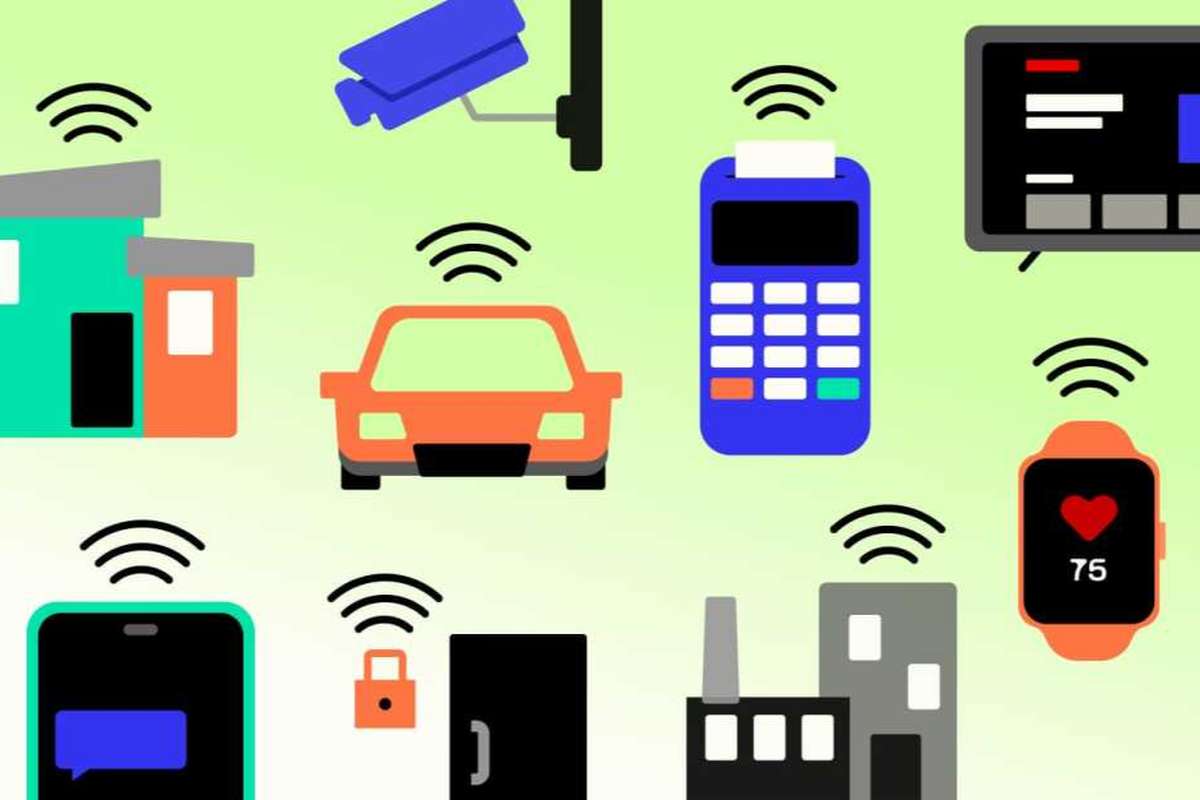The introduction of the Internet of Things (IoT) has revolutionized the way we interact with technology and profoundly impacted various aspects of our daily lives.
In case you’re wondering, IoT refers to the network of interconnected devices embedded with sensors, software, and other technologies, enabling them to collect and exchange data. This interconnectedness fosters efficiency, convenience, and innovation in numerous domains.
The thing is, you might not even be aware that there are lots of real-life IoT applications you can encounter on a daily basis – you just don’t know it. So without further ado, let’s delve into 5 real-life applications of IoT that are seamlessly integrated into our daily routines.
These are as follows:
Smart Home Automation
Gone are the days of manually adjusting thermostats, switching off lights, or even checking who’s at the door. IoT has transformed houses into smart homes, where various devices communicate with each other to optimize comfort, security, and energy efficiency.
Smart thermostats like Nest or Ecobee learn user preferences and adjust temperatures accordingly, reducing energy consumption. Connected lighting systems such as Philips Hue enable users to control lights remotely via smartphones or voice commands.
Moreover, smart security cameras and doorbell systems like Ring provide real-time monitoring and alerts to ensure the safety of occupants even when they’re away.
Health and Fitness Monitoring
IoT has revolutionized health and fitness management by enabling the continuous monitoring of vital signs and physical activities.
Wearable devices such as fitness trackers and smartwatches equipped with sensors collect data on heart rate, sleep patterns, calories burned, and more. This data is then analyzed to provide insights into users’ health status and fitness progress.
For instance, devices like Fitbit and Apple Watch track users’ daily activities, set fitness goals, and provide personalized feedback to encourage healthier lifestyles.
Additionally, IoT-enabled medical devices like glucose monitors or blood pressure cuffs allow patients to remotely monitor their health conditions and share data with healthcare providers for timely interventions.
Connected Transportation
IoT is reshaping the transportation sector, making travel safer, more efficient, and environmentally friendly.
Connected vehicles equipped with sensors, GPS, and communication systems gather real-time data on traffic conditions, road hazards, and vehicle performance. This information enables drivers to make informed decisions, avoid congested routes, and reduce fuel consumption.
Moreover, IoT facilitates vehicle-to-vehicle (V2V) and vehicle-to-infrastructure (V2I) communication to enhance road safety by enabling features like collision avoidance systems and automatic emergency braking.
Furthermore, ride-sharing services like Uber and Lyft leverage IoT to match drivers with passengers efficiently, optimize routes, and enhance the overall transportation experience.
Smart Retail Solutions
IoT has revolutionized the retail industry by enabling personalized shopping experiences, optimizing inventory management, and streamlining operations. Retailers utilize IoT-enabled devices such as beacons, RFID tags, and smart shelves to track merchandise, monitor inventory levels, and analyze customer behavior.
This data is leveraged to offer personalized recommendations, promotions, and discounts based on individual preferences and purchase history.
Additionally, IoT-powered cashier-less stores like Amazon Go eliminate the need for traditional checkout lines by automatically detecting and charging customers for items they take from the shelves.
Environmental Monitoring and Conservation
IoT plays a crucial role in environmental monitoring and conservation efforts by providing real-time data on air quality, water resources, wildlife habitats, and more. Sensors deployed in various environmental settings collect data on temperature, humidity, pollution levels, and biodiversity.
This allows researchers and policymakers to assess environmental health and implement targeted interventions.
For example, IoT-enabled weather stations monitor weather patterns and predict natural disasters like hurricanes or wildfires, enabling timely evacuation and disaster response efforts.
Moreover, IoT-powered irrigation systems optimize water usage in agriculture by monitoring soil moisture levels and adjusting irrigation schedules accordingly for sustainable farming practices.
The Key Takeaway
The Internet of Things has permeated various aspects of our daily lives, offering innovative solutions to enhance efficiency, convenience, and sustainability.
From smart homes and wearable devices to connected transportation and environmental monitoring, IoT continues to revolutionize how we interact with technology and navigate the world around us.
As IoT technology continues to evolve, we can expect even greater integration and impact on our daily routines, ultimately shaping a more connected and intelligent future.

